20 Japanese Fashion Trends
Have you ever wondered why there are some Visual Kei bands that just knock you off your feet while others are completely off the mark? Well that's because Just like in America, fashion and music are very closely intertwined. In fact, in this writer's opinion there is no place on earth where fashion and music are so closely intertwined.
So, with that in mind we've made this Japanese Fashion Trend page to help you decode your Japanese music and fashion trend combinations.

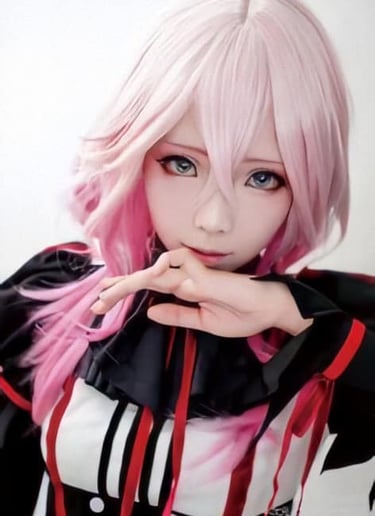
COSPLAY
No, your eyes aren't deceiving you. This is an actual person,. Love it or hate it you have to admit, you've probably already heard all about it, but did you know that it started out as a Japanese Fashion trend?
Cosplay evolved into what it is today out of the practice of fan costuming at science fiction conventions, beginning with Morojo's "futuristicostumes" created for the 1st World Science Fiction Convention held in New York City in 1939. The Japanese term "cosplay" (コスプレ, kosupure) was coined in 1984.
Today the trend is so popular that in 2013 the syfy channel aired a program called Heroes Of Cosplay.


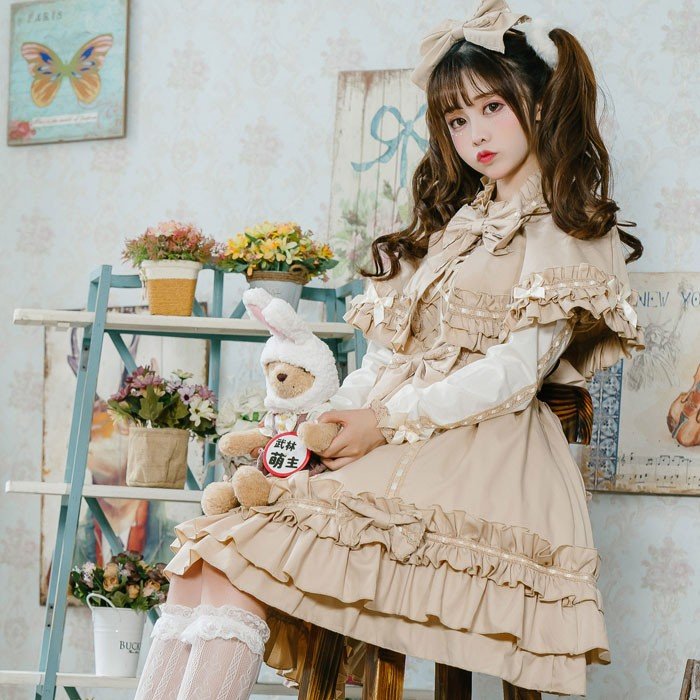

Lolita
Lolita is probably one of the most recognizable Japanese Fashion Trends, and it's most certainly one of the most expensive looks to achieve! A single dress professionally made costs hundreds of dollars.
Wikipedia describes Lolita as:
Lolita fashion (ロリータ・ファッション, rorīta fasshon) is a subculture from Japan that is highly influenced by Victorian clothing and styles from the Rococo era.
There are several types of lolita (or loli for short) styles and sub-styles. such as:
Classical Lolita, Country Lolita, Sweet Lolita, Gothic Lolita, Shiro Lolita, Casual Lolita, Hime Lolita, Kuro Lolita, Guro Lolita, Punk Lolita, Deco Lolita, Ero Lolita, Sailor LOlita and Qi Lolita.
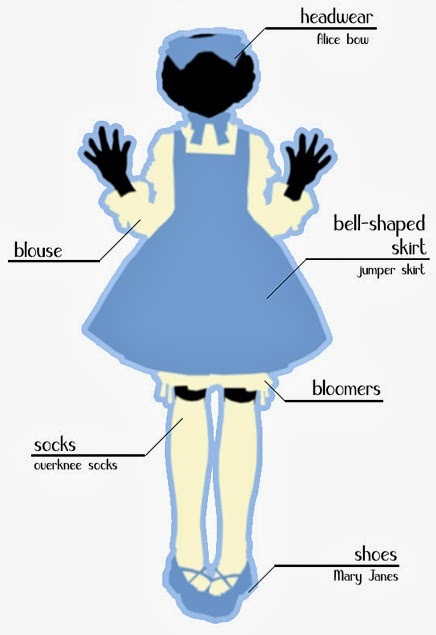

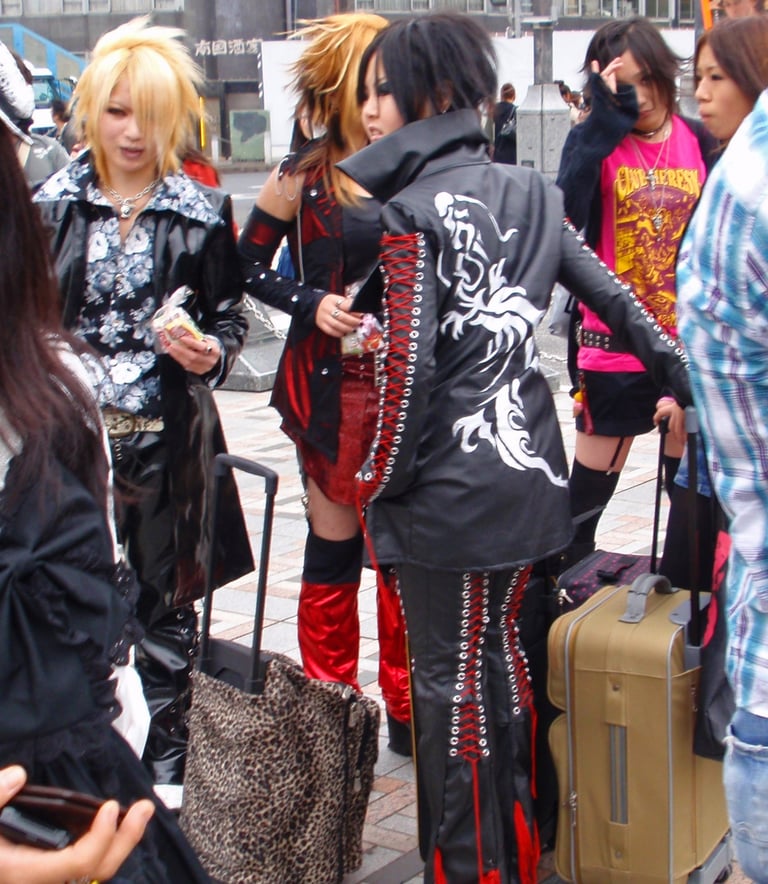

VISUAL KEI
Visual Kei is a broad term describing those who wear fashion inspired by various Visual Kei J-bands, or Japanese rock and metal bands.
As Western music superstars the likes of Kiss and David Bowie influenced Japanese rock in the late ’80s and early ’90s with bands like X Japan and Buck-Tick, the music scene in Japan began developing a few fashion trends of their own. Perhaps none so prolific and widespread as Visual Kei.
Naturally with a fashion trend so deeply entrenched in Japanese Rock Music as this one, we have an entire page on the origins of Visual Kei. But just because we have another page about the style doesn't mean that it doesn't still deserve a place on the fashion page.
There are several types of Visual Kei (or VK for short)styles and sub-styles. Here are a few of the more recognized ones:
Kote Kei, Osare Kei, Angura Kei, Eroguro Kei, and Nagoya Kei, Shiro-Kei, Rokku, Casual Kei, Kurofuku Kei, and Kuor Kei.


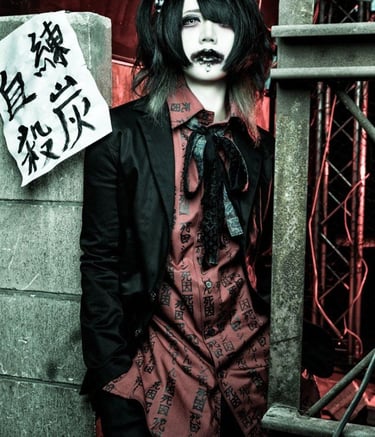
ANGURA KEI
Angura Kei (アングラ系) or "Chikashitsu-kei" (both meaning underground style) is a dark Japanese fashion that is often associated with the Eroguro Kei subgenre of Visual Kei. This style is very similar to the original Visual Kei, but there is a large emphasis on traditional Japanese outfits, such as kimonos..The style mostly features scary or disturbing aesthetics and themes. Sometimes called "Eroguro kei" (エログロ系) or "Misshitsu kei" (密室系).
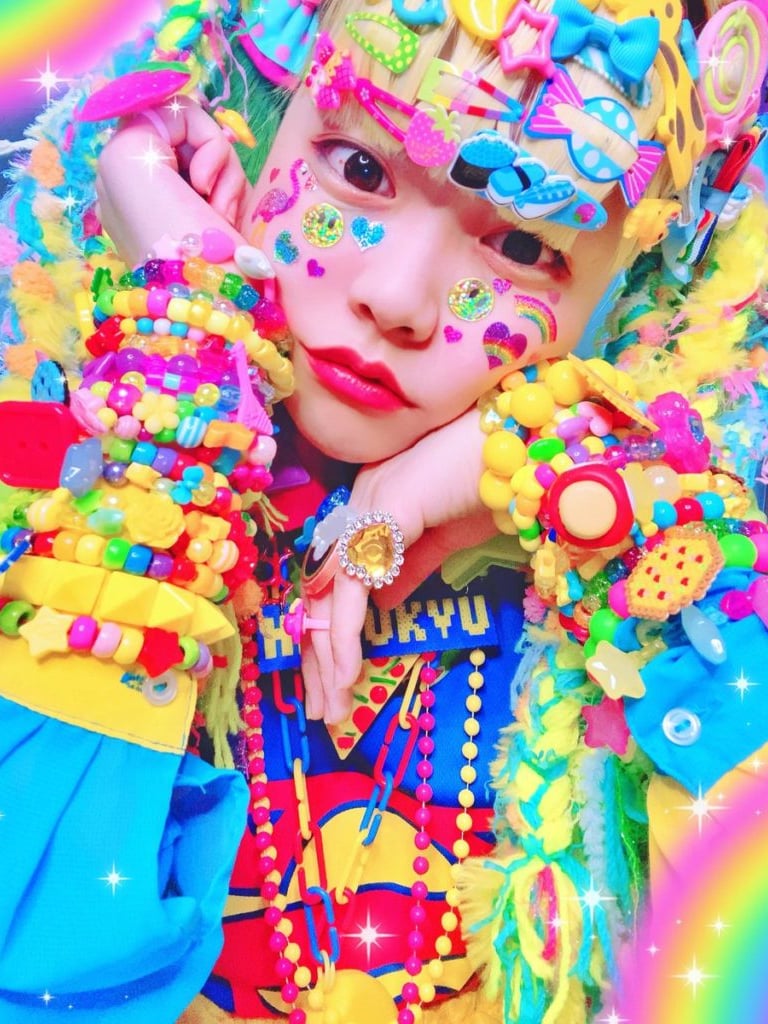

DECORA
The word Decora comes from “Decoration”.
Decora is also known as the FRUiTS style, thanks to the magazine of the same name where many photos of these people are published and circulated in Harajuku.
There are several types of Decora sub-styles such as:
Child decorate, Dark Decor, Pink Decor, Colorful Decorate, Lolicora.
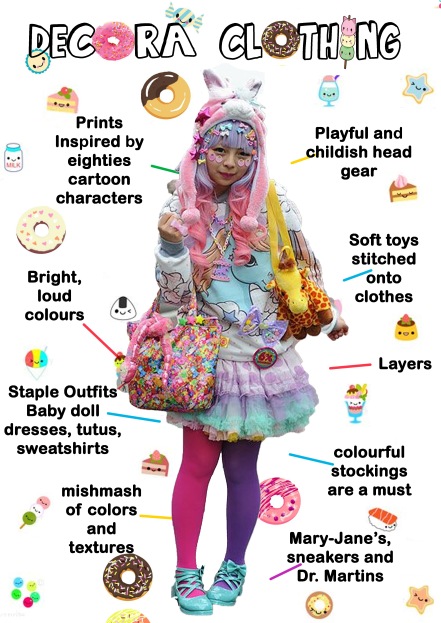




SHIRONURI
Shironuri [白塗り]
is a Japanese style of make-up with traditional origins in the makeups of artists Maiko and Geisha and the theater Kabuki. The term itself literally means “White painted”, and it is a look that is referencing traditional white makeup worn by geishas and stage actors. To achieve a look that lasts you use theatre-make up greasepaint or foundation, and powder to set it.
Authors Note:
If you are planning to try this look it's important to get a quality make up that doesn't clog your pores or leave a messy residue.

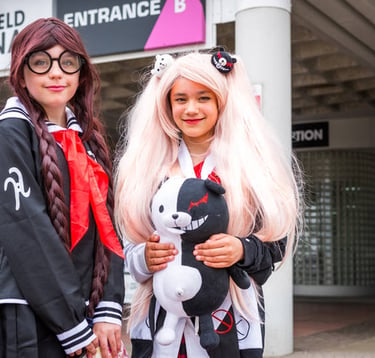
Otaku
Otaku (オタク) also known as Animecore
according to wikipedia:
"Otaku is a Japanese word that describes people with consuming interests, particularly in anime and manga."
The Otaku fashion trend is embraced by people who are huge fans of a particular anime or manga. Most Otakus are something considered as the opposite of fashionable. These are the under glorified nerd and geek cultures of Japan.

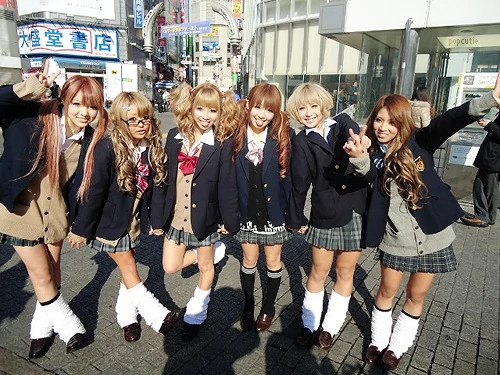

KOGAL
Kogal (コギャル, kogyaru)
is a Japanese fashion culture that involves schoolgirls wearing an outfit based on Japanese school uniforms.
The most recognizable school uniform from Japan is the Sailor Uniform. Also known as Sailor Fuku. It was made popular by the anime Sailor Moon.
.Blazer Uniforms are the most common style among current Japanese high schools. The uniforms varies depending upon weather conditions. In summers and spring, blouses are paired with skirts whereas, in winter and autumn, blazers and vests are paired with same skirts.

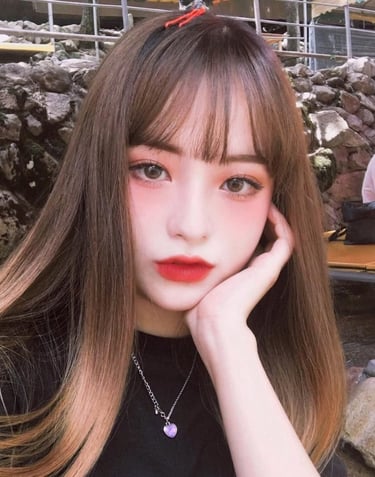
ME NO SHITA CHIIKU/BYOJAKU
Me No Shita Chiiku:
The name of this trend means "undereye blush". One thing that really fascinates me about this trend is just how much the theme of it is repeated throughout history. You see, this makeup trend is one we've seen time and time again. The look is intended to leave the wearer looking tired, fragile, and seriously ill.
Much like the lead laced white face makeup and arsenic eyedrops of the Victorian English past, this makeup trend is meant to make a girl look vulnerable and in need of help. Other's argue that the look gives the impression of innocence and youth that need to be protected. The real reason women choose to wear this look is up for debate, but one thing is for sure. As much as the look is cute, it just goes to show that women are still pulling out all of the stops to make themselves approachable and endearing to men.

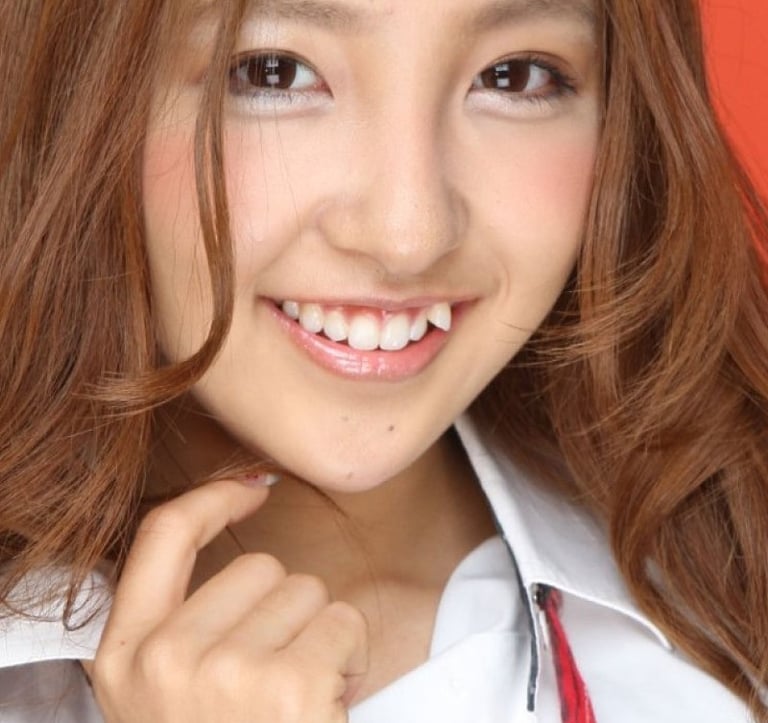

YAEBA
According to Wikipedia:
In Japan, yaeba (八重歯, "double tooth") are human teeth, especially upper canines, with an uncommonly fang-like appearance. The yaeba look happens naturally when molars crowd the canines and push them forward.
""Some say it originated from Japanese traditional aesthetic sense of wabi, which means that we find beauty in imperfect shapes."
It's also said that for some men this slight imperfection makes beautiful women more approachable.
KIGURUMI
Kigurumi – or Kigu – are quite possibly the coziest thing you will ever wear. Kigurumi animal onesies first appeared in Japan in the late ‘90s, created by a company known as SAZAC. The “Kiru” in its name comes from a Japanese verb that means “to wear” and the latter part comes from a noun called “nuigurumi,” which means “stuffed toy.”
The funny thing about this trend is that it's actually really popular in the United States of America, but so few that take part in this fashion trend have any idea where it came from. In America the trend is often just tied into our love of the onsies and footie pajamas so many wore as children.



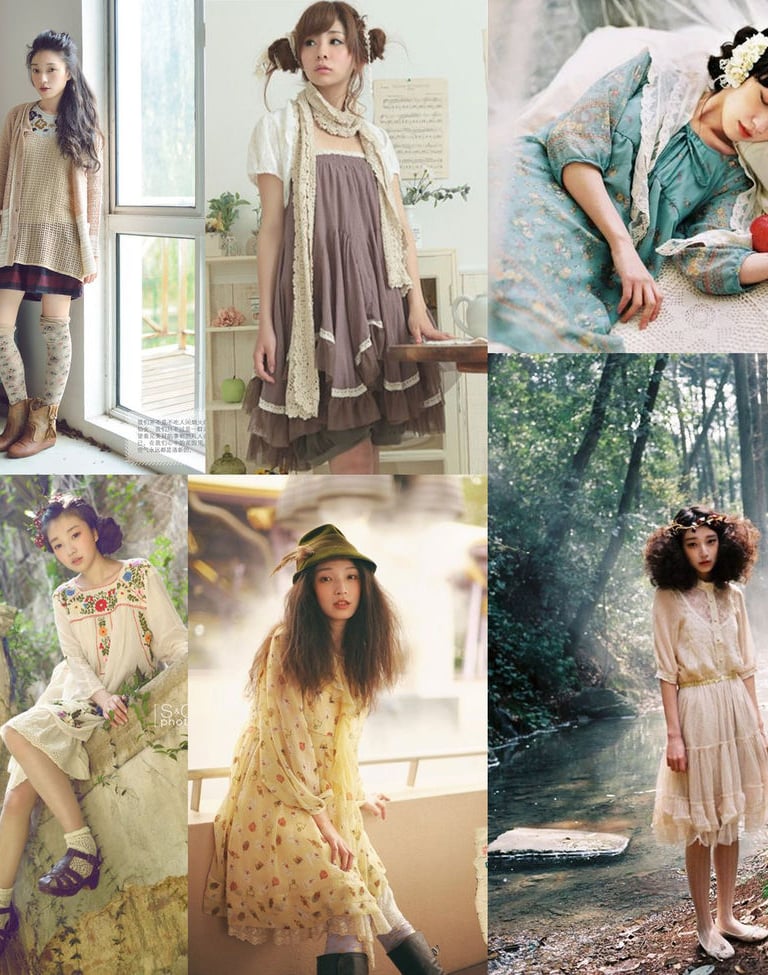

MORI KEI
Mori Kei (森系), also known originally as Mori Girl (森ガール) is a Japanese fashion that centers around an appearance inspired by living in the woods.
Mori girl, self-described as 'forest girls', is a style reminiscent of a forest lifestyle - loose, light and airy clothing, and layered with warm, bulky sweaters in cold weather.
If you are familiar with CottageCore you might be asking yourself if Mori Kei is just another name for the fashion trend. The answer to that question is Mori Girls are the og “cottagecore” girls, but with a more fanciful storybook feeling aesthetic overall. In other words these two styles are verisimilar.
Both idolize living a simpler and less electronically emphasized lifestyle that is more in tune with nature.

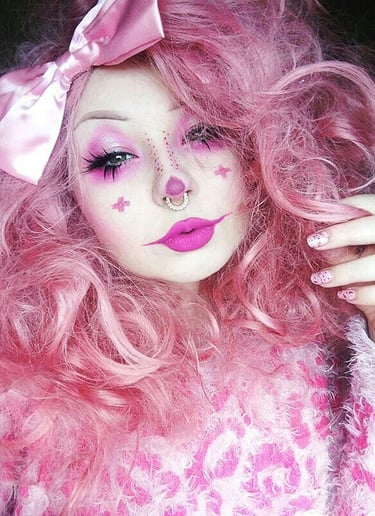
CLOWN KEI
You read that rite. It reads Clown Kei, and it means exactly what you think it means. It's a style inspired by clowns! But before you go judging too harshly I would like to politely remind you of Kozi from Malice Mizer.

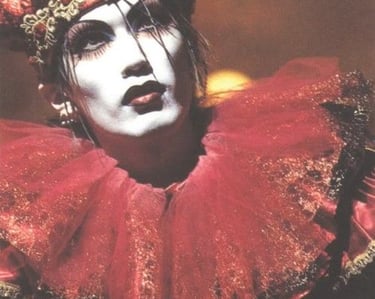
In America we generally have one of three reactions when it comes to clowns. You either love them, hate them because they scare you, or they just don't do anything for you.

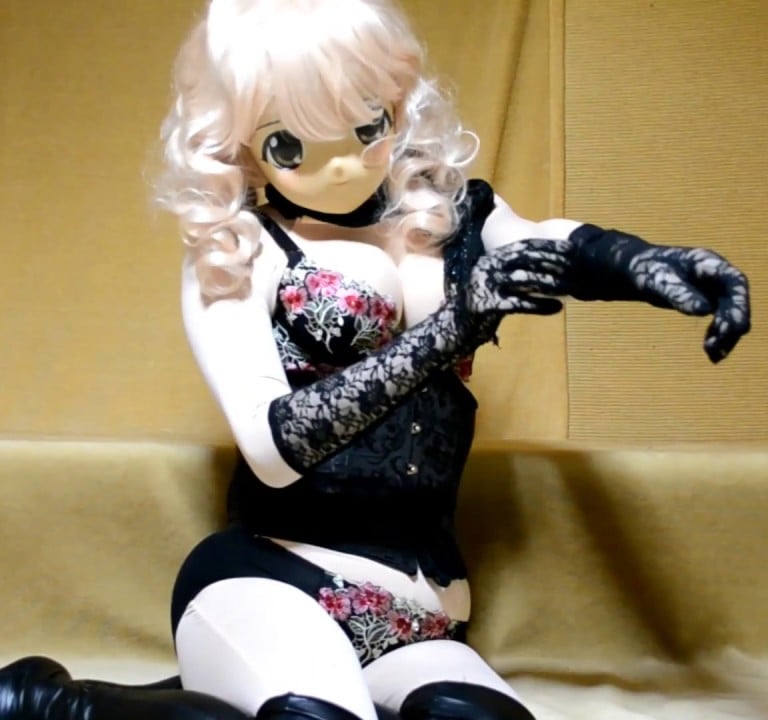

KIGURUMI DOLLERS
Kigurumi Dollers:
Also known as Kiggers are most certainly not to be confused with the afore mentioned kigurumi. Kigurumi Dollers are a sub-genre of Japanese cosplay called Kigurumi and definitely a different fashion trend. This trend receives a lot less coverage, and is a lot more .. well, let's say provocative to the active imagination of those familiar with Japanese love dolls.

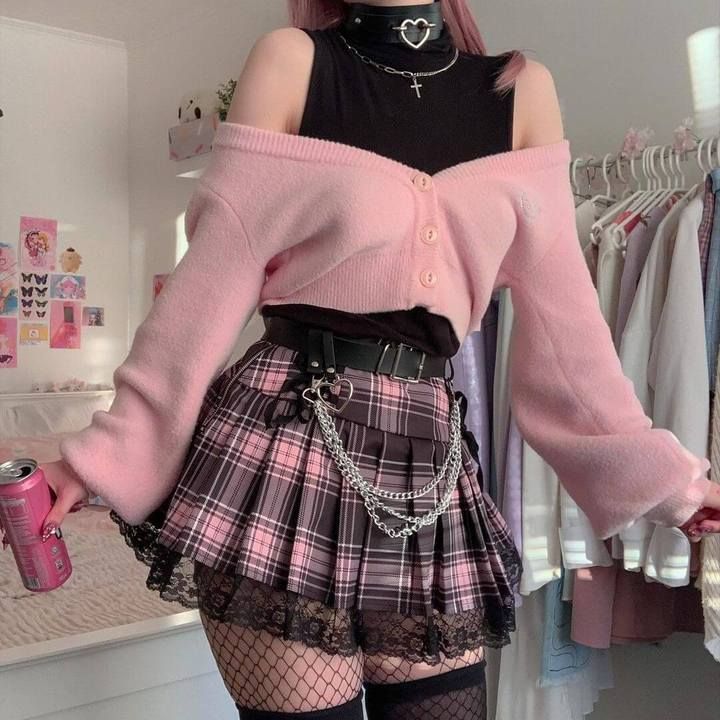

PASTEL GOTH
Have you ever given a fist bump to a monkey? If not, it is time to do it - there is plenty of friendly monkeys ready to socialize for a treat. Bali is full of amazing wildlife, which can be explored by people in love with nature.
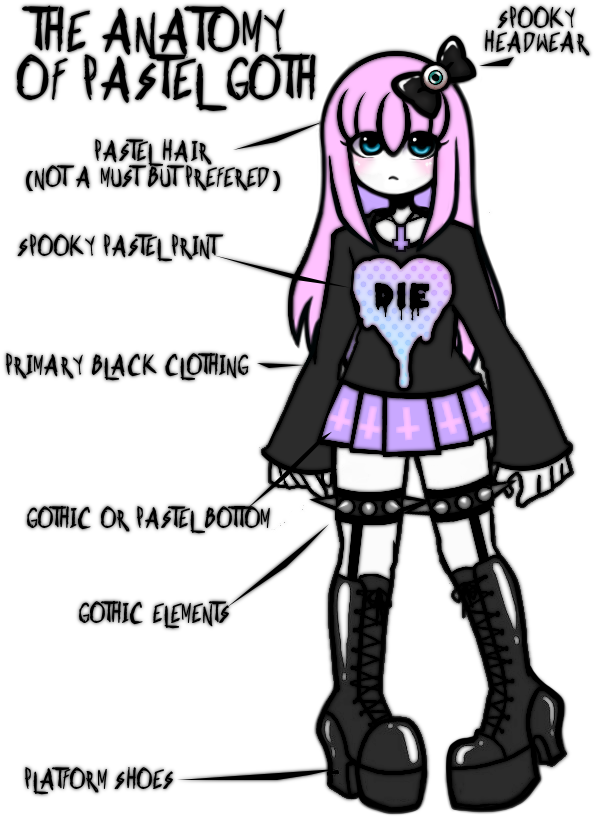




FAIRY KEI
“Fairy Kekui” is a party of neon and pastel colors that takes its influence from 80s cartoons like Little Pony, Rainbow Brite, and the Care Bears family.
In short, Fairy Kei is a kawaii look that its base on cuties (both male and female) that love 80s and 90s fashion in pastel colors.
There are a few aspects that remain constant throughout this style (even though there really isn't a clear rite or wrong way to wear it unless you try to use dark colors or wear tight clothing).
Fairy Kei visuals almost always include 80s toys, 80's and 90's cartoon characters, and rainbows.

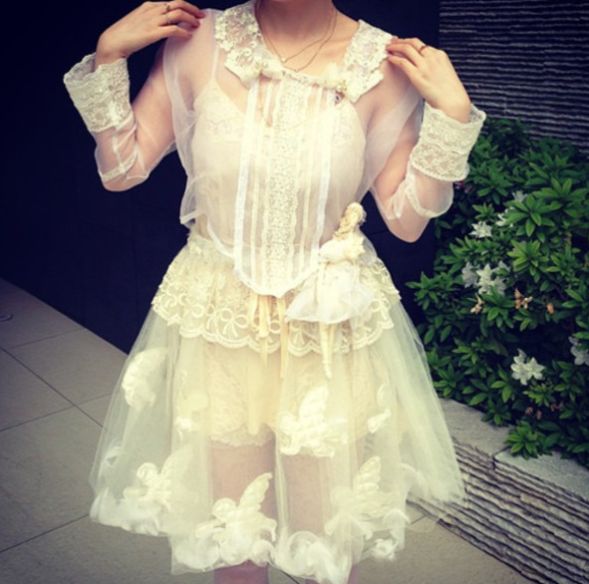

CULT PARTY KEI
Cult Party Kei (カルトパーティー系) is a Japanese vintage fashion with a focus on many sheer layers and religious imagery. Much like Dolly Kei, Cult Party Kei is primarily a second hand/thrift shop fashion.
The name is derived from the store The Virgin Mary formerly known as Cult Party which popularized that style, but the name isn't actually used in Japan.
There were no strict rules to this fashion trend but the aesthetic was most often coupled with messy looking hair styles. My personal favorite for this look is twin buns. As for makeup, this trend is often coupled with Me No Shita Chiiku (under eye blush).


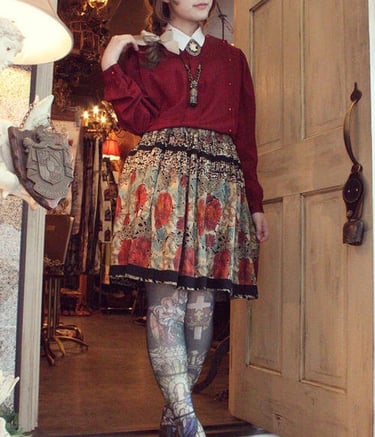
DOLLY KEI
Dolly (ドーリー) Kei (also known as Grimoire Kei))is said to be inspired by antique dolls, Romani / gypsy accents and vintage fashion. The end result is a fairytale-like look characterized by outfits made of long layers of light fabric in natural colors, vintage lace and patterns. From what I have gathered this style is on the Mori Kei and Cult Party Kei end of the fashion trend spectrum, but that it was a fashion trend that was at it's height in 2010. But alas this trend was very short lived since it seems to have all but died out in 2012 (at least online).
Even though the style has come and gone it's a mistake to overlook a style that incorporated some of the most beautiful fashions of the past with pieces by vintage brands such as Gunne Sax.
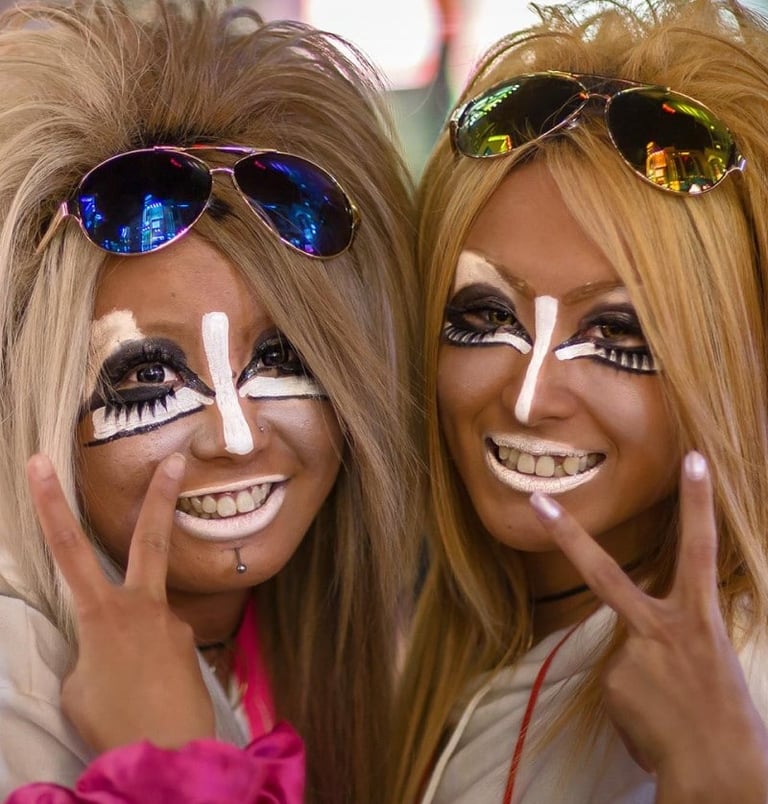

MANBA
Manba (マンバ) is one of the many sub-styles of Gyaru. The name of the overall look comes from Yamanba, a witch from Japanese folklore. Don't worry if you are having a hard time picking out the difference between this style and Yamanba (ヤマンバ)(another Gyaru sub-style). Manba is one of the many sub-styles of Gyaru and the most obvious difference is that where Yamanba wear white makeup above their eye, Manba Gyaru wear white eye makeup both above and below. It is also quite common to see glitter used as well.
Ganguro is literally translated as “Black Faced Girls”. Yamanba girls often have dark tans, very white or light lipstick, colored contacts, and facial stickers.
Fun fact:
The name yamanba comes from a type of yōkai (mountain hag or witch).


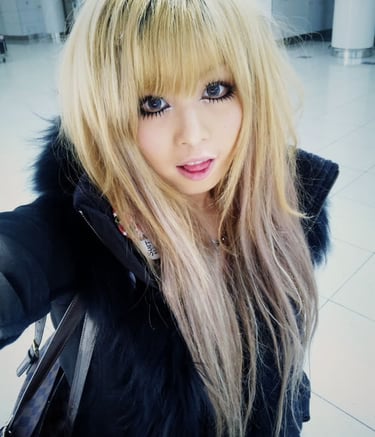
GYARU
Gyaru [ギャル]
is a Japanese transliteration of the English word 'gal'.
This style came to life in the late 90's and early 2000's and it's an exaggerated version of the 90's American Party Girl or party guy. Gyaru girls are called Gurls and are known for having tanned skins, long blonde hair, large eyelashes, false nails, and very boisterous makeup. Though the fashion is meant to fly in the face of traditional Japanese beauty standards by embracing western club and bar culture coupled with fashion hand bags and the boots with the fur, it also tends to offend some Americans who view it as a form of mockery (especially given it's current woke social climate).
